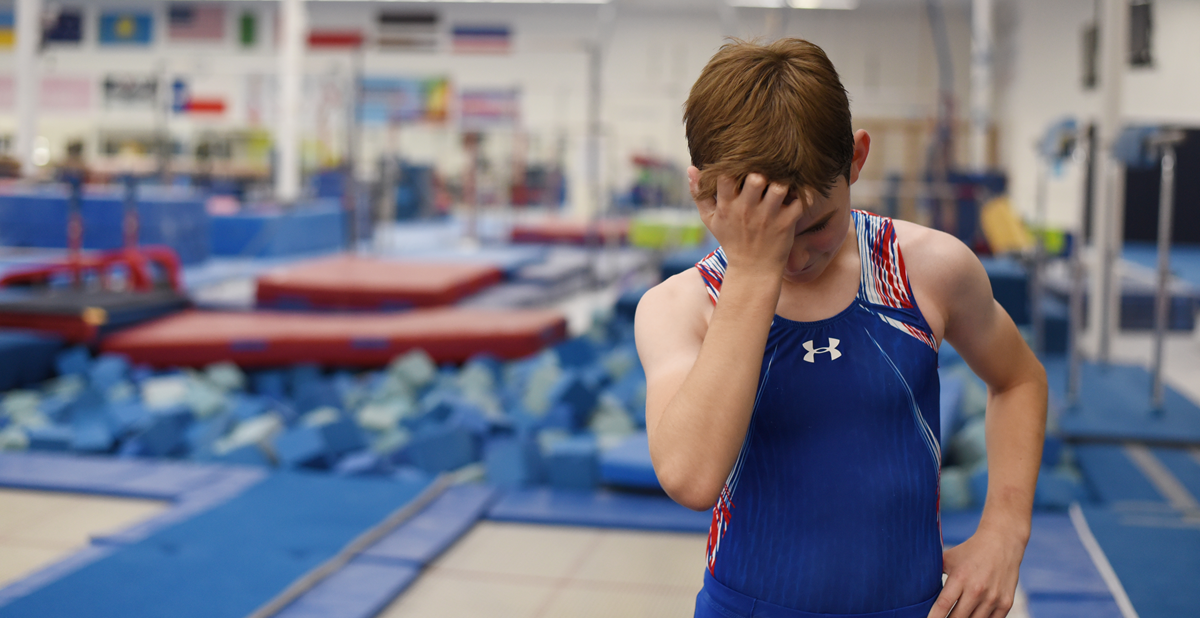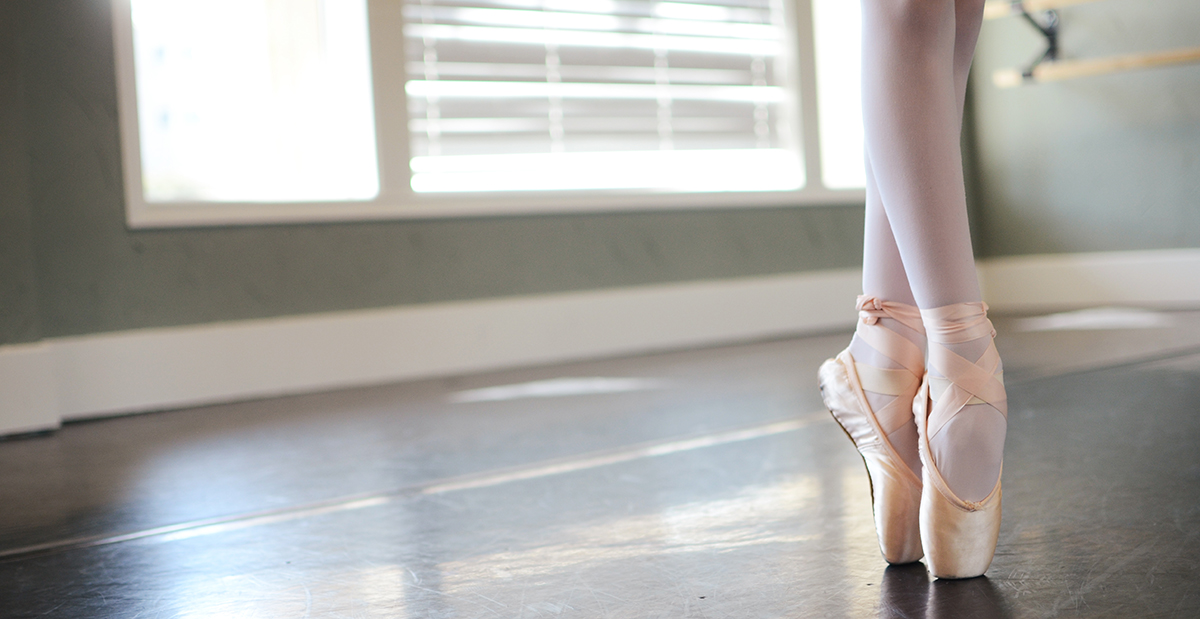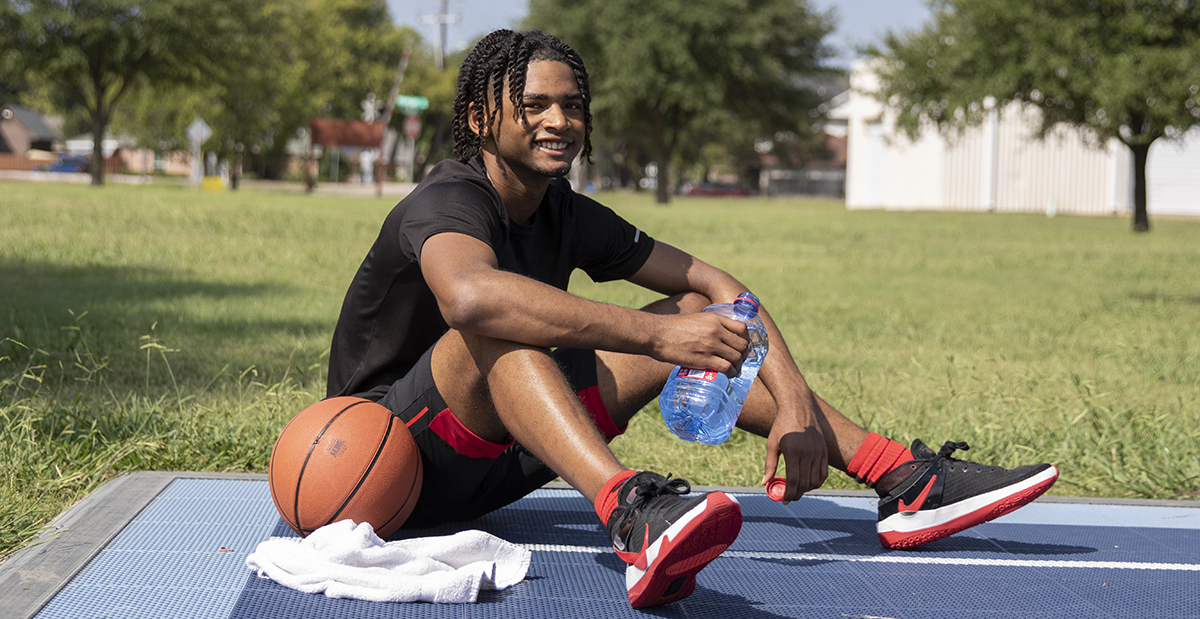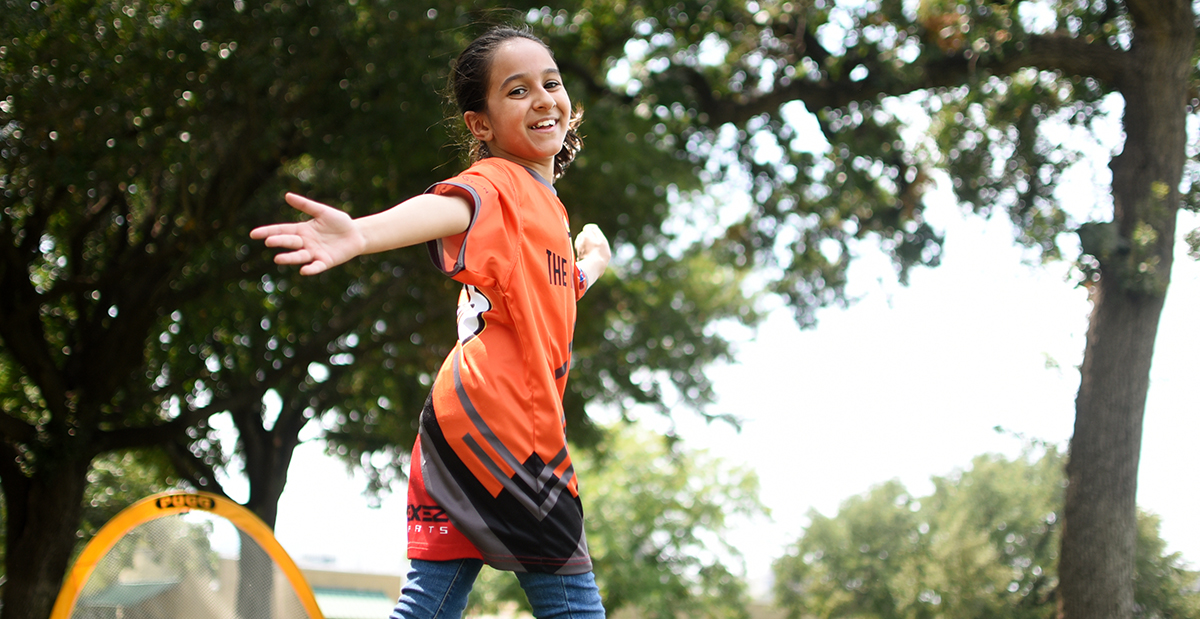Published in Rite Up, 2023 – Issue 2. Running intensely down the long runway, Lawrence launched into a roundoff, followed by five no-handed back handsprings and then a back handspring into a double pike. Landing sharply on the mat with all of the pressure on her...






